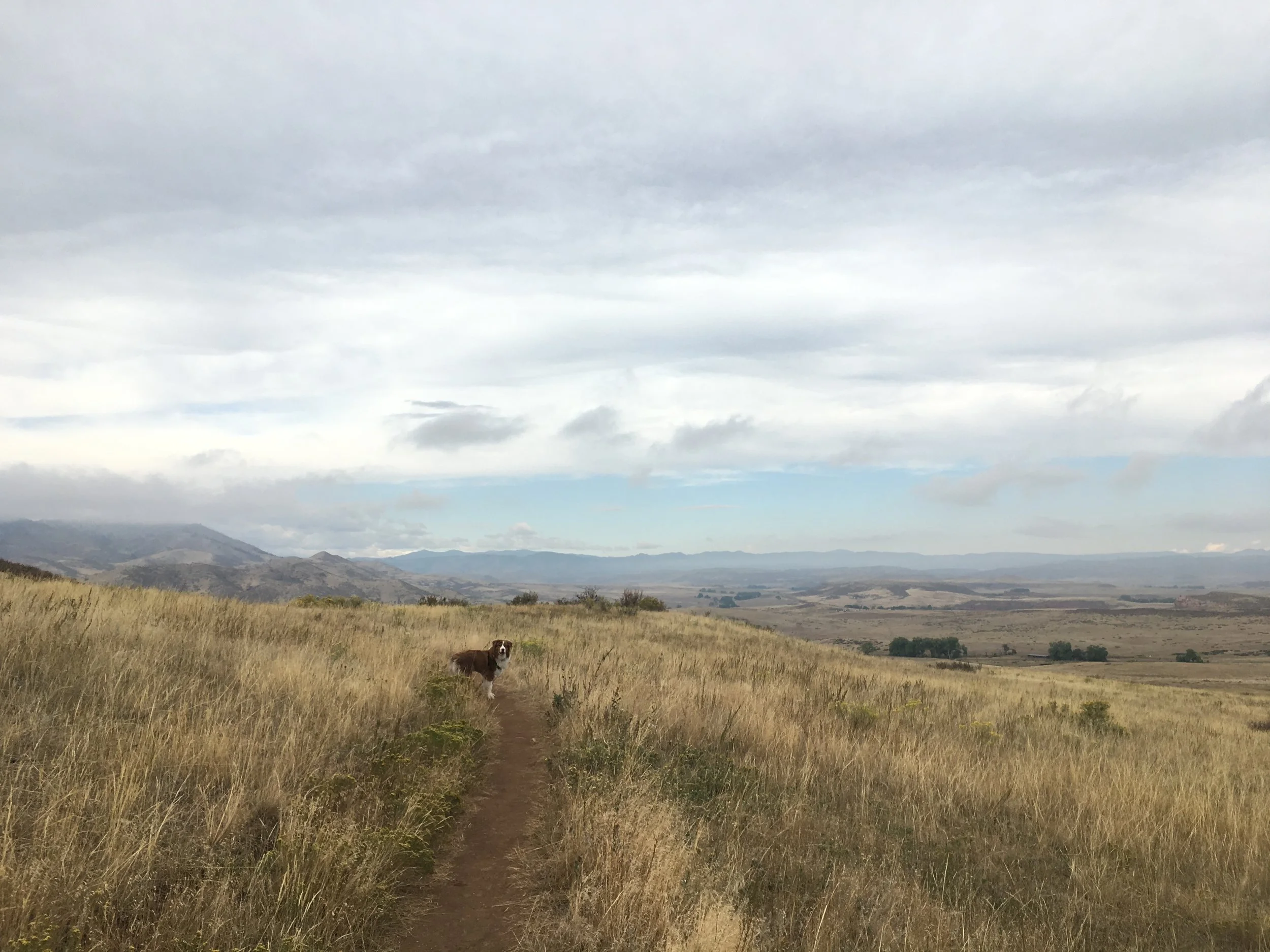Blog post by Amber Quann KPA-CTP CPDT-KSA
I get asked these questions a lot –
“What age will my dog finally turn into a good dog?”
“How long do we have to train before he gets it?”
“How old was your dog when he was fully trained?”
I love getting these questions from my students in group classes and private lessons. It gives us a great opportunity to discuss setting good expectations, measurable goals, and realistic timelines for the training process.
My answer to these questions is usually something like this:
Your dog already is a good dog, and is doing great for his age! Different dogs mature at different rates, and we each have different definitions of a ‘good dog’ so I can’t put an exact age number on when your dog will meet your criteria. What I can tell you is that it takes time, consistency, and practice to help your dog learn the skills you want him to learn, and that’s what I’m here to help you with!
The truth is, the best training with your dog is an on-going, daily/weekly/monthly process. To have the best relationship with your dog, learning should be part of your relationship for the long-term.
Taking a 6-week class and then checking “Train The Dog” off of your to-do list is the equivalent of eating healthy for that same 6 weeks and then going back to a daily diet of fast-food. The progress you made during those 6 weeks isn’t going to stick around unless you keep up those good habits!
An upper-level training class is a great way to stay motivated, but you don’t need to stay in training classes to keep working with your dog. There are several different ways you can keep practicing at home. Go over your old class homework and find things you missed the first time around. Check out a trick dog or brewery dog title and work towards those training goals. Teach a fun trick!
I’ve been asked how long it took to get my dog “fully trained.” The question is funny to me, because I never considered him “fully trained.” Heck, I don’t even consider myself “fully trained.”
We were always learning new things together. We started training when he was 8 weeks old. Check out this ADORABLE clip of a puppy training session with baby Roo.
And we were still working on new things in his last year of life. Here we are working on a cute new combo trick of paw + chin offered together.
And if you aren’t tired of Roo videos yet, one more unedited training session where we are working on his toy carrying skills that had gotten a little rusty.
We even did a training session together on the day we knew was our last day together – that session focused on reviewing some of his favorite, easy skills. I don’t have a video for you. I was falling to pieces enough as it was. But he loved it so much even though he couldn’t do much. We practiced his left/right foot targets, nose and chin targets, and one of his party favorites “Go to Sleep / Wake Up.”
All this to say – training is a journey, not a destination. There is always more to teach your dog, always more to learn together.
The best relationships are built on consistent investment, not one-time training. (This goes for our human friends as well our dogs.)
So, if you find yourself tempted to ask “When will this dog finally be trained??” . . . remember we are all works in progress.
Perhaps a better question is “What can we work on together today?”




